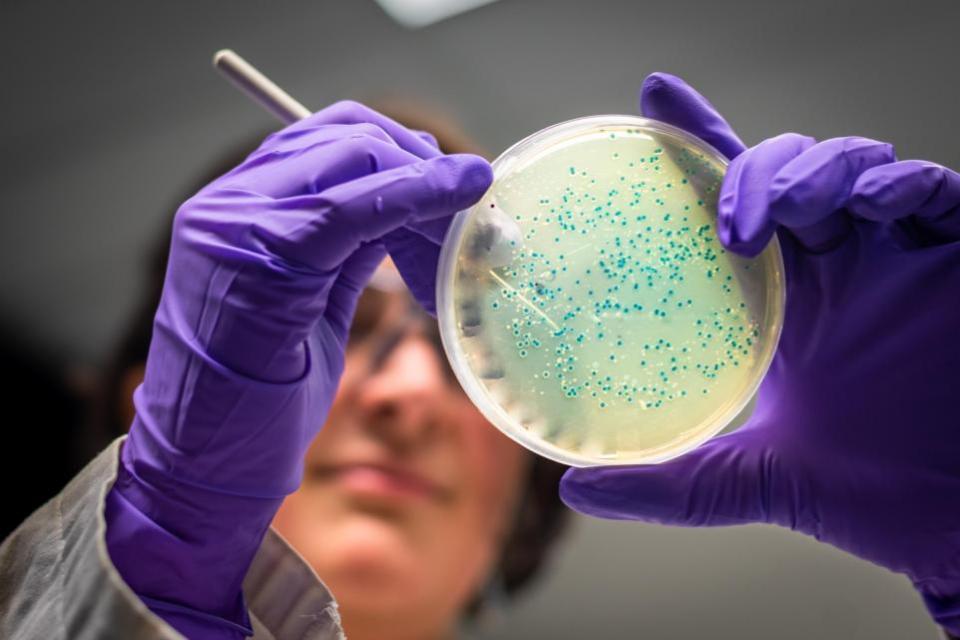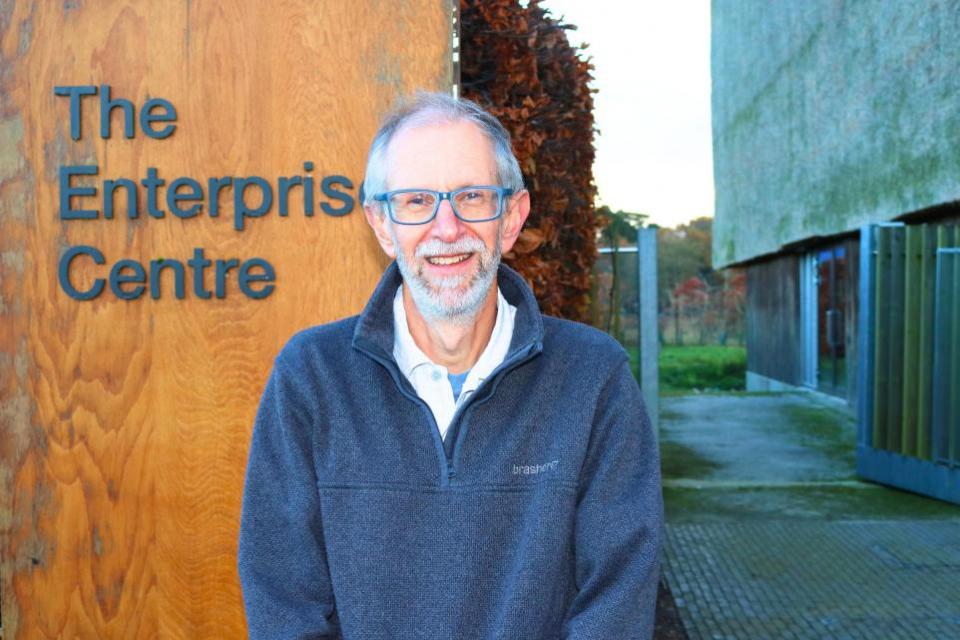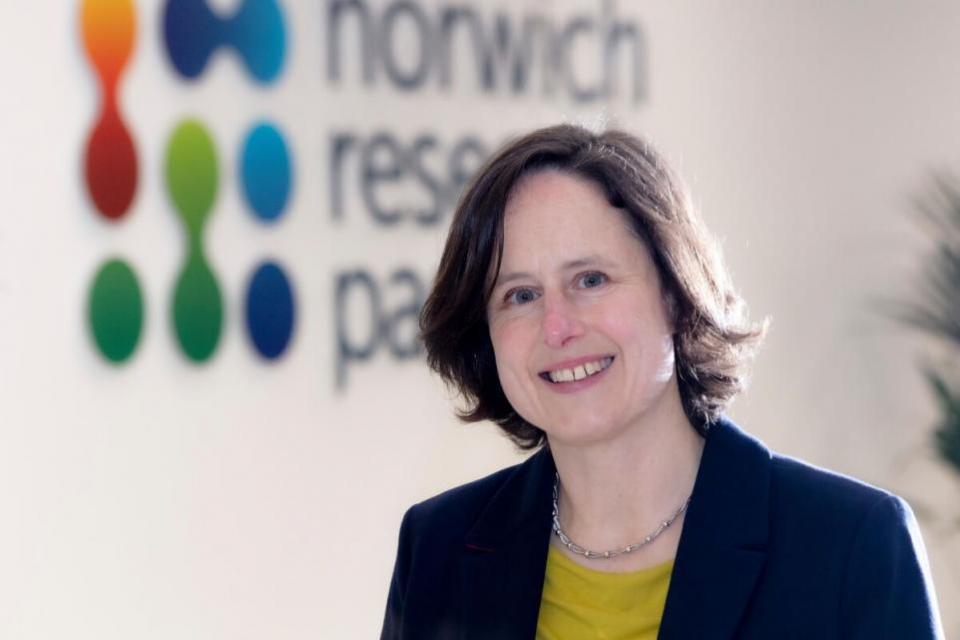Find out more about HealthUEA, a new initiative from UEA at Norwich Research Park.
Health is a particularly important area of research at the University of East Anglia (UEA). So much so that a new research initiative called HealthUEA was launched to take advantage of this expertise, following in the footsteps of its two predecessors ClimateUEA and CreativeUEA.
The launch of HealthUEA is testament to UEA’s commitment to developing its presence in health research. HealthUEA’s mission is to help bring together research partners in the health sector, where the result of such collaboration is often greater than the sum of its parts. It seeks to reinforce the power of its academic strength by establishing partnerships across research disciplines to deliver results that will benefit society.

HealthUEA’s mission is to help bring together research partners in the health sector (Image: Getty Images / iStockphoto)
Core aims
For the immediate future, HealthUEA is aiming to put UEA health research on the map and will focus on three main aims.
Firstly, to highlight the fantastic health research already being carried out at UEA and across Norwich Research Park.
Secondly, it will act as a channel of communication and collaboration between its four faculties – Arts & Humanities, Science, Social Sciences and Medicine & Health Science – as well as Norfolk and Norwich University Hospitals and the leading research institutes best in the world at Norwich Research Park. : Earlham Institute, Quadram Institute, John Innes Center and Sainsbury Laboratory. This will bring people together to engage in more interdisciplinary research that will have a far greater positive impact on society – regionally, nationally and internationally.
Thirdly, it will provide better and easier access to potential external partners, inviting academic and business partners, volunteers and the public to collaborate in future research activities.
READ MORE: Venture competition awards startups with virtual tenancies
Collaboration across faculties and institutions on the Park is important as it helps to provide a more holistic view of specific areas of research. For example, in order to obtain results achieved in a laboratory and find out how that research can be applied to people, it is necessary to contact researchers from other disciplines to translate the potential of that research into meaningful societal impacts .


HealthUEA is led by Ian Clark, professor of Musculoskeletal Biology at UEA (Image: UEA / Ian Clark)
HealthUEA is led by Ian Clark, professor of Musculoskeletal Biology at UEA. He has been at UEA since 1996 focusing mainly on osteoarthritis. He understands how things work across the university and the projects he has worked on have helped to create valuable links with the diverse spectrum of researchers working in other university faculties and institutions across the Park.
Ian said: “We are lucky to have such great research partners at Norwich Research Park, who tend to work in a collaborative way. The University of Norfolk and Norwich Hospital, the Quadram Institute, the Earlham Institute, the John Innes Center and the Sainsbury Laboratory are all on the doorstep of the university, which is very unusual and very beneficial to be there.
“That does not necessarily mean that researchers across the Park are all aware of everything each other is doing. HealthUEA will do its best to help bring research partners together, where this can provide additional benefits bring down the individual results.”
Powerful partnerships
HealthUEA is expected to enable greater engagement with government on things like health policy. It will also help research teams to be more competitive when trying to get funding by facilitating the creation of interdisciplinary projects. As the partner organizations are on the same campus at Norwich Research Park, HealthUEA is in a very strong position to deliver this.
READ MORE: Norwich start-ups aim to improve availability of healthy food
HealthUEA is applying the learning the university has gained from its experiences in setting up and running ClimateUEA and CreativeUEA. For example, ClimateUEA received early funding to run an interdisciplinary PhD research programme, and CreativeUEA has been very successful in building relationships locally. HealthUEA aims to achieve similar success in both areas.
One critical aspect is creating external visibility so that people hear about HealthUEA, understand what it is trying to do and want to get involved.


HealthUEA could contribute significantly to the treatment of conditions such as osteoarthritis (Image: Getty Images / iStockphoto)
Understanding osteoarthritis
A good example of the kind of collaborative approach to research that HealthUEA is trying to enable can be found in Professor Clark’s field of osteoarthritis.
Osteoarthritis is a degenerative disease of the joints. Around 8.5 million suffer from moderate to severe osteoarthritis in the UK and 6 million of these have ongoing pain. The major risk factors for the disease are increasing age and increasing obesity.
An aging population means both of those things are increasing. However, there is no cure that can be given to patients that prevents osteoarthritis in the first place or slows its progression, so research into this disease is vital and could it will change life.
READ MORE: Norwich Research Park spin-offs improve farming and fight diabetes
Interest in the role of nutrition in addressing osteoarthritis has grown significantly – and UEA is at the forefront of research in this area. However, we can only hope to tackle a complex disease like this through collaboration.
Research into plant biology and health at the John Innes Center and the gut microbiome at the Quadram Institute could unlock discoveries that will ultimately help people with this condition. Having the research institutes with complementary skills as neighbors is a great help and significant progress can be made.
Local impact – and beyond
HealthUEA aims to collaborate with the wider Norfolk community. The UEA already has institutions such as the Citizens’ Academy that involve the local population in research as part of their remit. Community involvement is essential to provide a clear understanding of what people want to know and what would benefit them most. It allows the public to help set the research agenda.
But HealthUEA has ambitions that go beyond the county’s borders. It’s important to recognize that the research being done here often impacts policy on a global scale – something local people can be proud of – and it’s something HealthUEA is keen to continue.
Universities are sometimes seen to operate in isolation, separated from the real world. HealthUEA aims to break down those barriers and misunderstandings and enable things to happen for the benefit of society.


Roz Bird, CEO of Anglia Innovation Partnership (Image: Submitted)
Roz Bird, Chief Executive Officer of Anglia Innovation Partnership, the management company of the science park at Norwich Research Park, said: “The launch of HealthUEA is very welcome as it highlights the world-class expertise on campus, encourages the research community to work together on projects to have an impact on human health and will attract new companies to benefit from these activities.”
For more information, visit norwichresearchpark.com